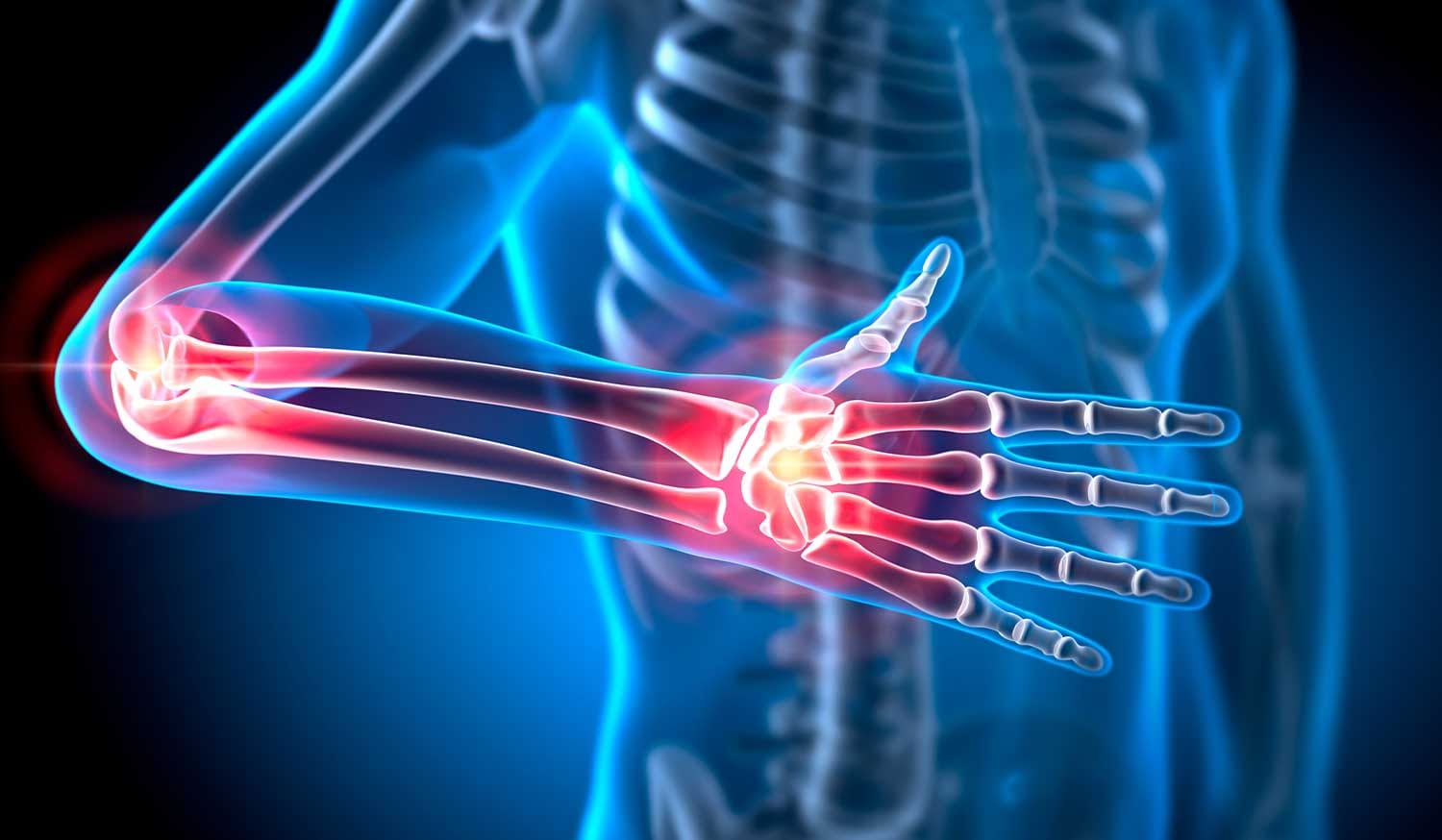Seeking chronic muscle pain relief? Explore effective osteopathy techniques, alongside medical treatments, physical therapy, and lifestyle adjustments. UK experts share tips to ease discomfort, boost mobility, and enhance quality of life naturally.

Living with chronic muscle pain can be incredibly debilitating, affecting everything from daily routines to overall well-being. If you’ve been searching for “chronic muscle pain relief,” you’re not alone—millions experience persistent discomfort that lingers for months or even years. However, there’s hope. In this comprehensive guide, we’ll delve into proven strategies to manage this condition, with a strong emphasis on osteopathy. This hands-on approach focuses on restoring balance to the body’s musculoskeletal system.
Osteopathy, practised by qualified osteopaths, involves gentle manipulation, stretching, and massage to alleviate tension and promote healing. According to the NHS, osteopathy aims to detect, treat, and prevent health problems by working directly with muscles and joints. This makes it particularly suitable for chronic issues like muscle pain, where conventional methods might fall short. Moreover, we’ll cover complementary treatments, including medical options, physical therapy, and lifestyle changes, all backed by insights from reputable UK sources.
Whether your pain stems from overuse, injury, or underlying conditions, understanding the root causes is key. For instance, chronic muscle pain often arises from factors like poor posture, stress, or repetitive strain. By incorporating osteopathic principles, you can address these holistically.
Additionally, we’ll highlight expert tips to help you reduce discomfort and improve mobility, ensuring a path toward better health. Let’s explore how osteopathy and other approaches can provide the relief you’ve been seeking.
Before diving into relief strategies, it’s essential to grasp what chronic muscle pain entails. Unlike acute pain, which is short-term and often linked to a specific injury, chronic muscle pain persists beyond three months and can become a constant companion. Common causes include overuse during physical activities, tension from stress, or even underlying medical issues such as fibromyalgia, autoimmune disorders, or nerve compression.
Symptoms vary widely but typically involve persistent aching, stiffness, or sharp sensations in areas like the back, neck, shoulders, or legs. This can limit mobility, disrupt sleep, and impact mental health, creating a vicious cycle. For example, someone with desk-bound work might develop chronic shoulder pain from poor ergonomics, exacerbating tension over time.
In the UK, health authorities recognise that musculoskeletal conditions like this affect a significant portion of the population. The General Osteopathic Council notes that manual therapies, including osteopathy, are supported by evidence for managing such pains, drawing from systematic reviews of randomised controlled trials. However, it’s crucial to consult a healthcare professional for a proper diagnosis, as pain could signal more serious issues.
Furthermore, lifestyle factors play a role. Sedentary habits or inadequate nutrition can worsen inflammation, prolonging discomfort. Transitioning to targeted interventions, osteopathy stands out because it treats the body as a whole, not just isolated symptoms. Research from UK-based studies indicates promising evidence that osteopathy may relieve musculoskeletal pain by reducing intensity and improving function. This holistic view aligns with guidelines from the Advertising Standards Authority (ASA), which allow claims for osteopathy in treating generalised aches, muscle spasms, and related conditions when supported by evidence.
To illustrate, consider how chronic pain affects daily life: simple tasks like lifting groceries or walking can become challenges. By understanding these dynamics, you can better appreciate why integrated approaches, led by osteopathy, offer effective relief.

At the heart of chronic muscle pain relief lies osteopathy, a regulated profession in the UK that emphasises manual techniques to restore normal function and stability to joints and muscles. Osteopaths, trained professionals registered with the General Osteopathic Council, use their hands to manipulate, stretch, and massage affected areas, helping the body heal itself naturally.
One key benefit is its focus on the root cause rather than just symptoms. For chronic muscle pain, an osteopath might identify imbalances in posture or movement patterns contributing to ongoing tension. Techniques such as soft tissue massage, joint articulation, and high-velocity low-amplitude thrusts can alleviate muscle spasms and improve circulation. The NHS highlights that osteopathy may be effective for certain types of neck, shoulder, or lower-limb pain, based on available evidence.
Moreover, UK guidelines support osteopathy for conditions like generalised aches and pains, arthritic pain, and uncomplicated mechanical neck pain. A systematic review of manual therapies in the UK evidence report concludes that osteopathy shows promising results in reducing pain and disability in the short and long term for musculoskeletal issues.
During a typical session, an osteopath conducts a thorough assessment, including medical history and physical examination. They then tailor a treatment plan, which might involve multiple visits. Patients often report mild soreness post-treatment, but this usually subsides, leading to improved mobility. For chronic cases, ongoing maintenance can prevent flare-ups.
Additionally, osteopathy integrates well with other therapies. For instance, combining it with exercise can enhance outcomes, as per NICE recommendations for back pain management. UK osteopaths adhere to evidence-based practice, with studies showing moderate skills in applying research to patient care.
However, it’s important to note limitations: osteopathy isn’t a cure-all and should complement medical advice. The ASA restricts unsubstantiated claims, ensuring promotions are honest and evidence-backed. If you’re considering osteopathy, seek a registered practitioner via the General Osteopathic Council website.
In practice, many patients find relief through this approach. A retrospective analysis of UK osteopathic practices reveals that musculoskeletal complaints, including chronic pain, form a significant part of their caseload, with positive patient outcomes reported. Transitioning to broader treatments, let’s explore how osteopathy fits alongside medical interventions.
While osteopathy offers non-invasive relief, medical treatments provide essential support for severe or persistent cases. Over-the-counter pain relievers like ibuprofen can reduce inflammation. Still, for chronic pain, prescription medications such as muscle relaxants or antidepressants (for nerve-related pain) might be recommended by a GP.
Injections, like corticosteroids, target specific areas of inflammation, offering temporary relief. However, these should be used judiciously due to potential side effects. The NHS advises consulting a doctor before starting any medication regimen.
For underlying conditions, such as fibromyalgia, treatments might include anticonvulsants. Additionally, diagnostic tests like MRIs help identify causes, guiding therapy.
Osteopaths often collaborate with medical professionals, ensuring a multidisciplinary approach. UK evidence suggests that manual therapies like osteopathy can serve as an adjunct, potentially reducing reliance on medications. Nevertheless, always prioritise evidence-based options aligned with ASA guidelines.
Physical therapy plays a pivotal role in chronic muscle pain relief, often intertwined with osteopathic care. Therapists design exercises to strengthen muscles, improve flexibility, and correct imbalances. For example, core strengthening routines can alleviate lower back pain, a common chronic issue.
Osteopathy enhances this by preparing the body through manipulation, making exercises more effective. The NHS notes that osteopaths may incorporate stretching and mobilisation to restore joint function. Pilates or yoga, recommended by UK physiotherapists, promotes mindful movement and reduces tension.
Moreover, hydrotherapy—exercising in warm water—eases joint pressure, ideal for chronic pain sufferers. Studies on manual therapies indicate better long-term improvement in disability when combined with exercise.
An osteopath might suggest gentle home exercises, like shoulder rolls or cat-cow stretches. Consistency is key; however, overexertion can worsen pain, so progress gradually under guidance.
UK osteopaths and physiotherapists share similar approaches for persistent non-specific low back pain, emphasising patient education and activity. This synergy ensures comprehensive relief.

Beyond treatments, lifestyle adjustments are crucial for managing chronic muscle pain. Start with ergonomics: adjust your workspace to support good posture, reducing strain on muscles.
Diet matters too—anti-inflammatory foods like omega-3-rich fish, fruits, and vegetables can mitigate pain. Hydration and adequate sleep promote muscle recovery. Stress management techniques, such as mindfulness, prevent tension buildup.
Regular activity, even low-impact like walking, maintains mobility. However, avoid high-impact sports if they exacerbate pain. The NHS encourages staying active within limits.
Osteopathy supports these changes by addressing biomechanical issues, making habits more sustainable. UK research shows that osteopaths often advise on lifestyle to enhance psychosocial well-being.
Additionally, quitting smoking improves circulation, aiding healing. Small, consistent changes yield significant results over time.
UK osteopaths offer practical advice for chronic muscle pain relief. First, maintain a pain diary to track triggers and progress. Second, incorporate daily stretching to keep muscles supple.
Desk workers should take micro-breaks every hour to move around. Heat therapy, such as warm packs, can help soothe spasms before osteopathic sessions. Hydrate well, as dehydration worsens cramps.
Seek early intervention—don’t wait for pain to intensify. The General Osteopathic Council emphasises patient-centred care. Finally, combine osteopathy with relaxation techniques for holistic benefits.
Achieving chronic muscle pain relief is possible through osteopathy, medical treatments, physical therapy, and lifestyle tweaks. By focusing on evidence-based strategies from UK sources, you can reduce discomfort and regain mobility. Consult a registered osteopath today for personalised guidance. If this article helped, how satisfied are you with the insights provided?